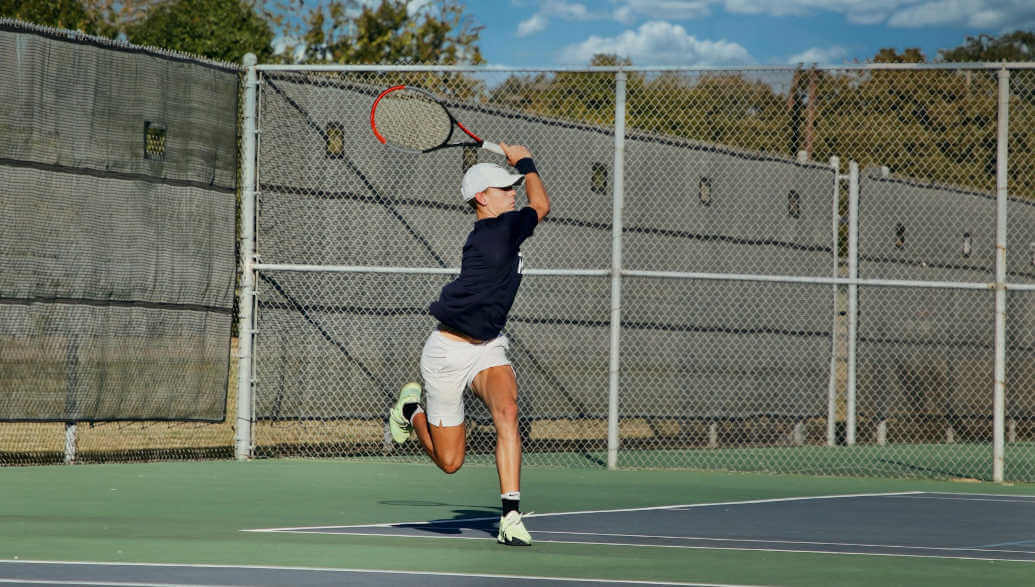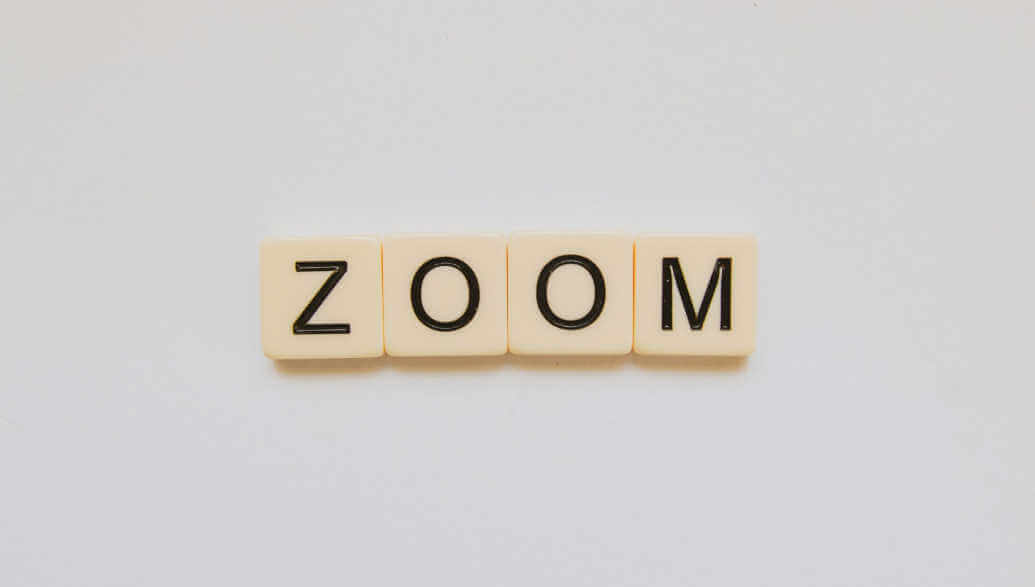Organizing your tennis school requires a lot of care and planning. But how can you organize your tennis school management effectively? An essential part of this is the right time management, above all to save time in tennis school administration. With good time management for tennis schools, you can plan tasks efficiently and make the best use of the time available. In this article, you will learn how this works and receive valuable time management tips for tennis school owners.
What is time management?
Time management for tennis schools is primarily about organizing the work in daily operations in such a way that it is completed in a targeted manner within a certain period of time. Successful time management for tennis school managers takes various work processes and activities into account. These are not limited to conducting lessons or training sessions. Time management for tennis schools mainly revolves around the completion of administrative tasks. This includes, for example, bookkeeping, keeping membership lists or compiling rosters for your employees. These tasks are carried out efficiently and quickly so that there is still enough time to take on the actual coaching tasks or hold a tournament. However, planning the organization is mainly about prioritization in tennis school administration. This allows you to save time in tennis school administration. You avoid idle times or downtimes through this time management. Ultimately, good time management for tennis schools leads to effective tennis school management and a smooth organizational flow of all activities in your tennis school.
What methods are there for time management and organizing your tennis school?
Time management is primarily geared towards optimizing workflows in tennis schools. There are numerous time management tips for tennis school owners as well as time optimization strategies for tennis schools. A tennis school offers the opportunity to learn tennis from scratch. This is the core business of every tennis school. In addition, however, there are also administrative and organizational activities. Successful time management for tennis school managers takes these agendas into account. You must first analyze and organize all these tasks in order to save time in tennis school management. Prioritization in tennis school administration is a challenging task. Time optimization strategies for tennis schools therefore help you to organize your tennis school and optimize workflows in tennis schools. Some of the best-known methods for time management today include:
- the Alpine method
- the ABC analysis
- the Smart Method
- the Pareto principle
- the Eisenhower method
- the Pomodoro technique
All time optimization methods and strategies for tennis schools have one thing in common – they set priorities. These priorities are also important for the organization of your tennis school. They ultimately lead to the implementation of successful time management for tennis school managers.
The Alpine method
This time management method can be applied relatively well to the daily routine in tennis schools and therefore also to the optimization of work processes in tennis schools. However, the Alpine method has nothing to do with mountains. The letters stand for:
- A – to-do list of all planned activities
- L – estimating the length of the activity
- P – planning buffer time
- E – establishing prioritized decisions
- N – noting down the level of success
For the organization of your tennis school, this means in concrete terms that you look at all the appointments and tasks for the next day. Then estimate how long you need for each task. You should set aside 40% of your total working time for the day as buffer time. Then you arrange all the tasks in order of urgency. At the end of the next day, you can see which tasks you have completed, and which are still open and need to be done. You can use this method for prioritization in tennis school administration. It is suitable for organizing recurring, identical activities that do not require any flexibility. You may also be able to use it to organize tennis lessons more efficiently for your students.
The ABC analysis
If you want to be a little more flexible, you can use this form of prioritization. Here, you organize all activities and tasks according to their time priority. A-tasks take priority, followed by B-tasks and finally C-tasks. You can draw up this plan for a day or a week. It is a very simple form of time management. The ABC analysis also works very well for saving time in tennis school administration.
A-tasks are classified as very important and urgent and must be completed immediately. B-tasks are important but not urgent. C-tasks, on the other hand, are less important and non-urgent matters. The importance and urgency of individual tasks can even be revised on a daily basis. This means that if you are running a tournament, for example, other tasks will come to the fore than in normal tennis school operations.
The SMART method
You define a specific goal for each task. The target description follows the following criteria:
- S for specific
- M for measurable
- A for attainable
- R for relevant
- T for time-based
This means that the stated objectives are described as precisely as possible – i.e. specifically. Quantitative goals are also easy to measure. For example, you want to teach three new students or increase your weekly turnover by 5%. With qualitative goals such as increasing customer satisfaction, however, measurable benchmarks are difficult to determine. The goals should also bring you a real advantage. Furthermore, each goal must be as realistic as possible. Last but not least, schedule your goals by specifying a specific date for their completion.
The Pareto principle
This method is also known as the 80/20 rule and means that 20% of the time spent already represents 80% of the overall success. Which 20% of the activities lead to the greatest possible success? This is the question you ask yourself when implementing the Pareto principle. For the optimization of work processes in tennis schools, the efficient execution of administrative tasks is already a great relief. This leaves more time to focus on the core business, i.e. tennis lessons. You can follow the Pareto principle when your tennis school is busy.
The Eisenhower method
This tactic is named after the US President, who believed in reacting to urgent tasks and taking action on important tasks. Challenges that are important and urgent are accepted immediately. For example, if you are organizing a tennis tournament, you make sure that it runs smoothly. Administrative tasks are urgent, but not yet so important in this case. You can schedule these tasks. Less important and urgent tasks should be delegated. You can assign the preparation of the tennis court to employees, and you can also delegate the allocation of starting numbers.
The Pomodoro method
Extensive tasks can be easily broken down into individual steps. With the Pomodoro method, you divide this work into individual blocks, which you work through within a 25-minute period in most cases. This method is particularly useful for administrative tasks. Take a five-minute break between each block of work. This also helps you to cope better with work that requires a lot of concentration.
The importance of time management for the organization of your tennis school
The efficient organization of tennis schools is a very complex matter. A tennis school has many different challenges to overcome. One core area is tennis lessons. You can also manage this better with the help of time optimization strategies for tennis schools. Successful time management for tennis school managers supports you in this. In tennis lessons, players are confronted with recurring tasks. These include
- the serve
- the return of the surcharge
- approach to the net
- playing passing balls
You have various teaching options for learning these activities. For example, you can choose between group lessons, column training or station training. You can also consider certain time management methods when planning lessons. With time management for tennis schools, you consider which teaching methods are best suited to which playing tactics. An efficient organization of tennis schools is only possible if, in addition to the organization of administrative tasks, the smooth running of the core business is guaranteed.
The organization of your tennis school with Planubo
Planubo offers you tools for the efficient organization of your tennis school. With the help of Planubo, you can automate a range of tasks and organize your tennis school management effectively. In particular, you can digitize recurring activities and administrative tasks with this comprehensive administrative software. This saves time and ultimately a lot of costs.
In addition, Planubo enables effective organization of schedules and resources, which helps to make the day run more smoothly and avoid bottlenecks. Ultimately, Planubo helps you and your tennis school make better use of your time so you can focus more on training and coaching your students.
Related Article: 8 Ways to Promote Your Tennis Academy




